Hits: 33
Canon adds to its RF lens range with a compact telephoto and a very affordable 50 mm standard lens.
Canon has announced a pair of highly tempting new RF lenses for cameras like the EOS R5, including what it claims it the “world’s shortest and lightest” 70-200 mm f/4 telephoto.
The RF 70-200 mm f/4 L IS USM was announced alongside an impressively affordable RF 50 mm f/1.8, which is a stalwart prime lens commonly referred to as a ‘nifty fifty’. The two lenses will help widen the appeal of Canon’s mirrorless system, which was initially skewed towards more well-heeled pros.
The RF 70-200 mm f/4 L IS USM is, like its counterpart the RF 70-200 mm f/2.8 L IS USM, a variable length optic that extends as you zoom to its full 200 mm focal length. At its full extension it‘s about the same length as the EF 70-200 mm f/4 L IS II USM – the brilliant 2018 DSLR lens that this new mirrorless optic effectively replaces.
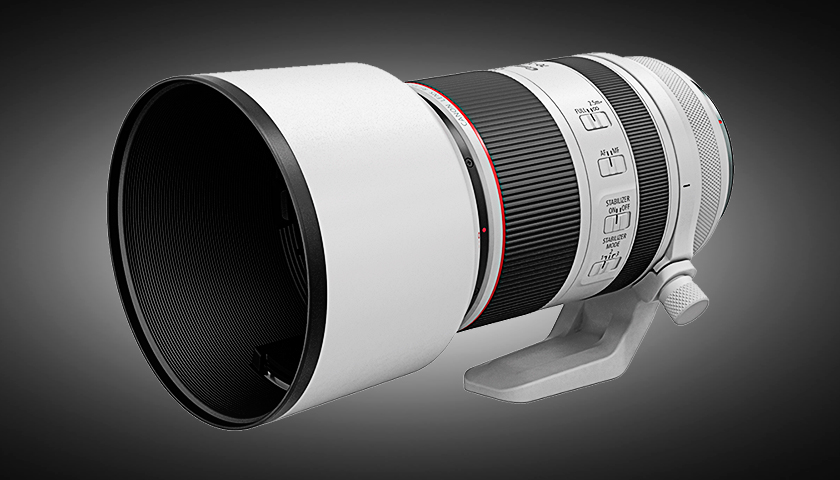
The new RF lens is 32% smaller and lighter than the EF version, and weighs in at just 695 g compared to its predecessor’s 780 g – “a size and weight reduction that was previously impossible”, according to Canon.
The RF 70-200 mm f/4 L is shorter, but is broadly the same size and weight as the Canon RF 24-105 mm f/4 L IS USM – and it uses the same 77 mm filter thread, making them a great set of companion lenses for photographers looking to travel light while covering a large focal range.
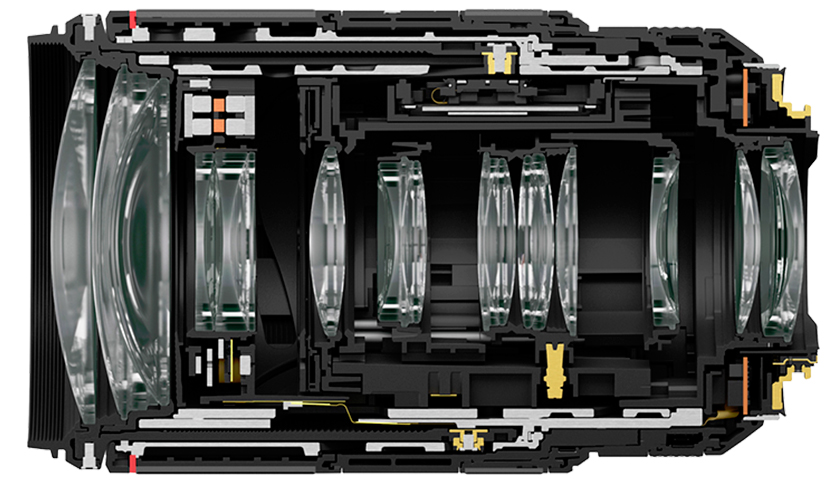
Like the f/2.8 L version, this lens features Canon’s floating-mechanism dual Nano USM system. This provides high performance at high shutter speeds that’s both quiet and controllable, with high- speed AF that’s ideal for both stills and video – and for the latter, this system dramatically suppresses focus breathing.
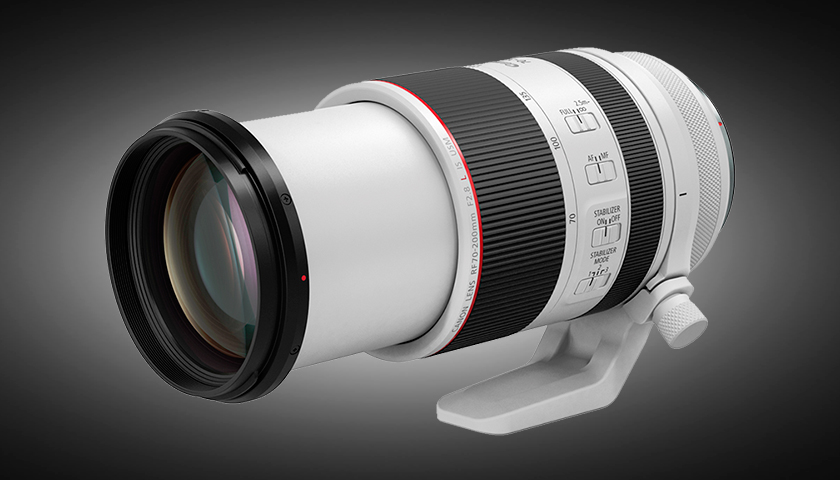
Also like the f/2.8 L version, however, the RF 70-200 mm f/4 L is not compatible with the Extender RF 1.4x and Extender RF 2x, as the protrusions of these teleconverters will not physically fit – a compromise necessary in order to accommodate the small design of these optics.
It’s an image-stabilised lens, and will deliver five stops of compensation when used on non-IBIS bodies like the Canon EOS R and Canon EOS RP. When mounted on the EOS R5 and Canon EOS R6, though, it offers 7.5 stops of stabilisation
As an L-series lens, it’s fully weather sealed, with a vibration and shockresistant construction. Like Canon’sother ‘big whites’, it features headshielding paint, with fluorine coatings on the front element and, as with all Canon RF lenses, a customizable control ring.
A new nifty fifty
If you’ve been waiting for a more affordable ‘nifty fifty’ for your EOS R camera, then the Canon RF 50 mm f/1.8 STM should fit the bill. These 50 mm prime lenses are popular because they offer an angle of view that’s close to human vision, making them ideal for street or portrait snapping. The RF 50 mm f/1.8 STM is effectively an update of its EF equivalent, with a new design and optical system.
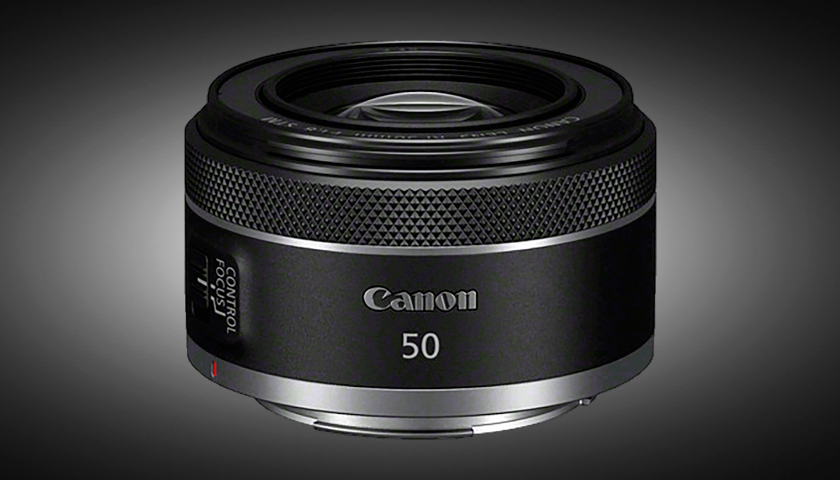
The lens still has the same 7-blade circular aperture as its EF predecessor, but now has a smaller minimum focusing distance of 30 cm (compared to 35 cm on the EF version). While this doesn’t exactly make it suitable for macros, it does boost its versatility – pair it with a EOS R5 or R5 and you’ll be able to use it in even more situations, thanks to the resulting seven stops of stabilisation.
Canon also claims that the new optical design means you’ll get better sharpness in the ring around the center of your photos, compared to the Canon EF 50 mm f/1.8 STM.
Canon says both new lenses will be available from the first week of December. The RF 70-200 mm f/4 L IS USM priced at $1,599, while the RF 50 mm f/1.8 STM will cost $199.

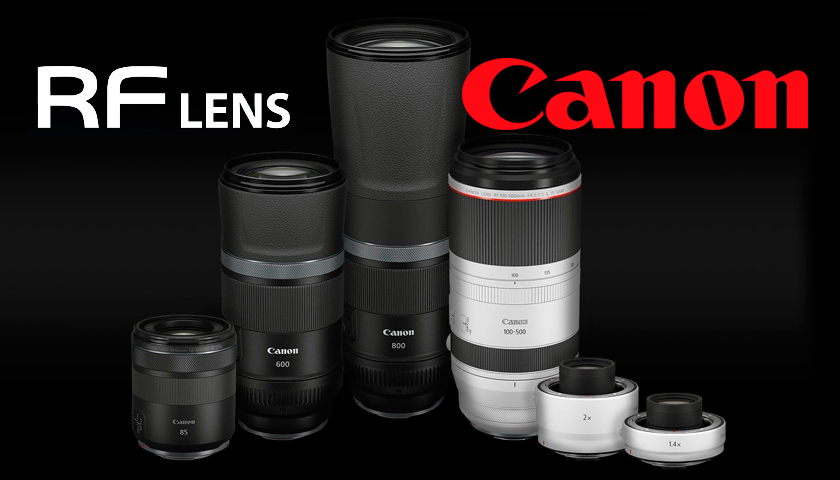
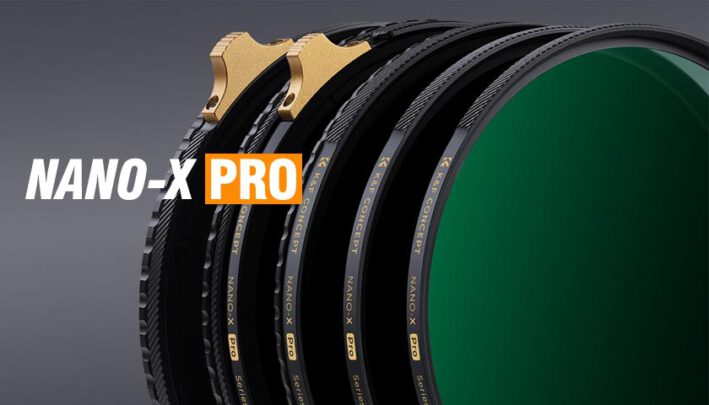
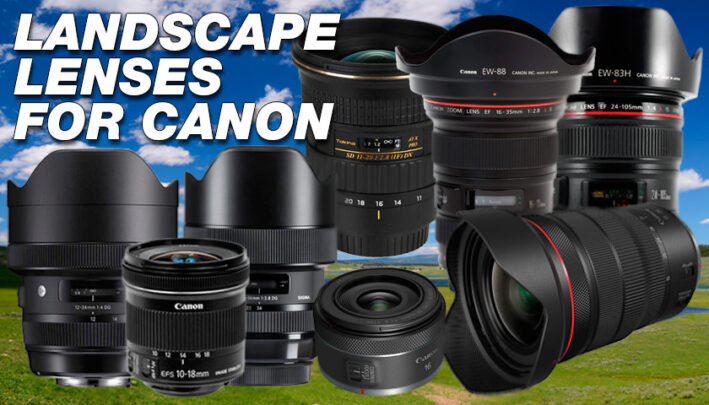

[…] the bride and groom sharp, whilst still softening the background and helping them to ‘pop’. The 70-200 is great for capturing details and close-ups and it’s a great option for portraits. The big […]